In a world that thrives on complexity, there’s a defiant brilliance in betting everything on a single idea. Eleven companies—Crocs, LEGO, Spanx, Play-Doh, WD-40, Tupperware, Sriracha, Red Bull, Duracell, White Claw, and Carmex—have mastered this art, turning one product into a global legacy. Their stories begin with dreamers who saw opportunity in adversity, from a carpenter’s workshop to a refugee’s kitchen. Each origin is a testament to grit, and their success mantras, shaped by pivotal moments and key figures, reveal how focus can forge empires. Let’s explore their journeys and the defining events that made them legends.
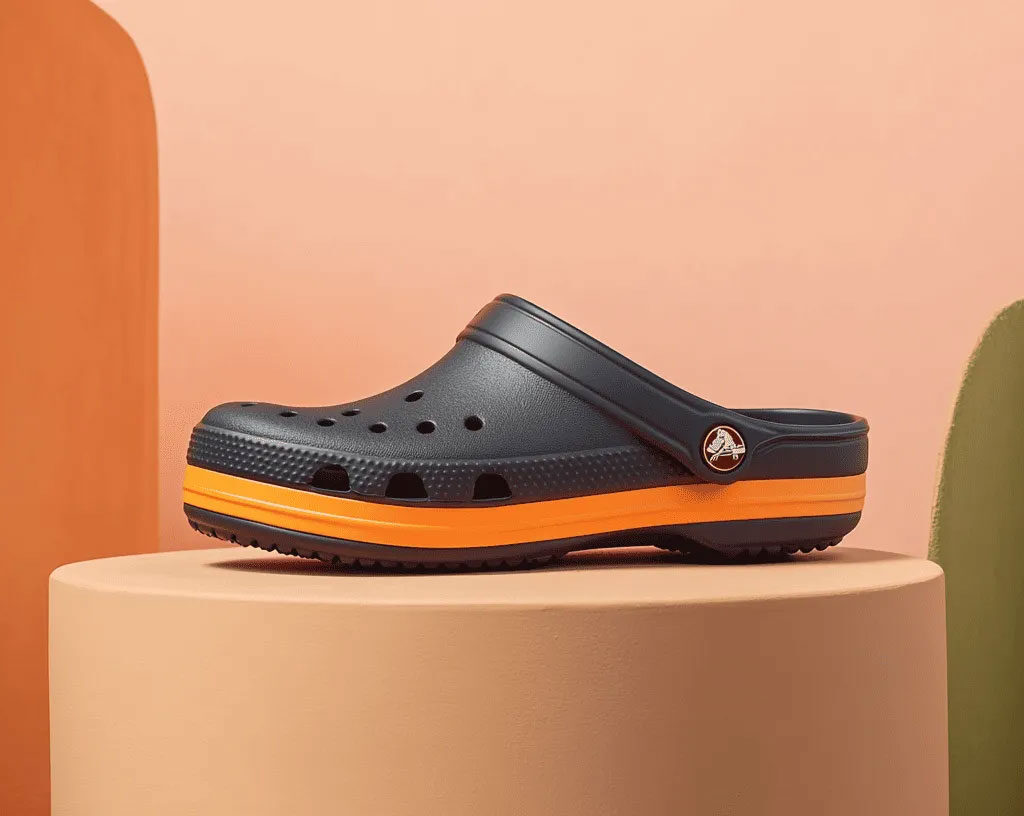
Crocs: From Boat Shoe to Global Craze
In 2002, three friends—Scott Seamans, Lyndon Hanson, and George Boedecker—discovered a lightweight foam clog while sailing in the Caribbean. Originally designed for boaters, they acquired the design from a Canadian company and launched Crocs, a shoe derided as “ugly” but adored for its comfort. Doctors and chefs championed it, and by 2006, Crocs went public, selling 150 million pairs annually today.
Success Mantra: Embrace the unconventional, amplified by bold marketing. CEO Robert Greenberg played a key role in 2005 by partnering with celebrities and influencers, like Mario Batali, to reframe Crocs’ quirky design as a fashion statement. This pivotal shift, paired with vibrant colors and Jibbitz charms, turned mockery into a cultural phenomenon, proving that standing out can be a superpower.

LEGO: Building a Legacy from Hard Times
In 1932, Danish carpenter Ole Kirk Christiansen faced financial ruin during the Great Depression. To survive, he crafted wooden toys in his Billund workshop. In 1949, inspired by Hilary Page’s interlocking bricks, he introduced plastic “Automatic Binding Bricks,” later named LEGO from “leg godt” (play well). This single brick system became a creative empire, still thriving today.
Success Mantra: Innovate with timeless consistency, driven by family vision. Ole’s son, Godtfred Kirk Christiansen, was pivotal in 1958, patenting the stud-and-tube design that ensured brick compatibility across generations. This innovation cemented LEGO’s focus on one versatile product, building a brand that spans toys, movies, and theme parks while fostering endless creativity.
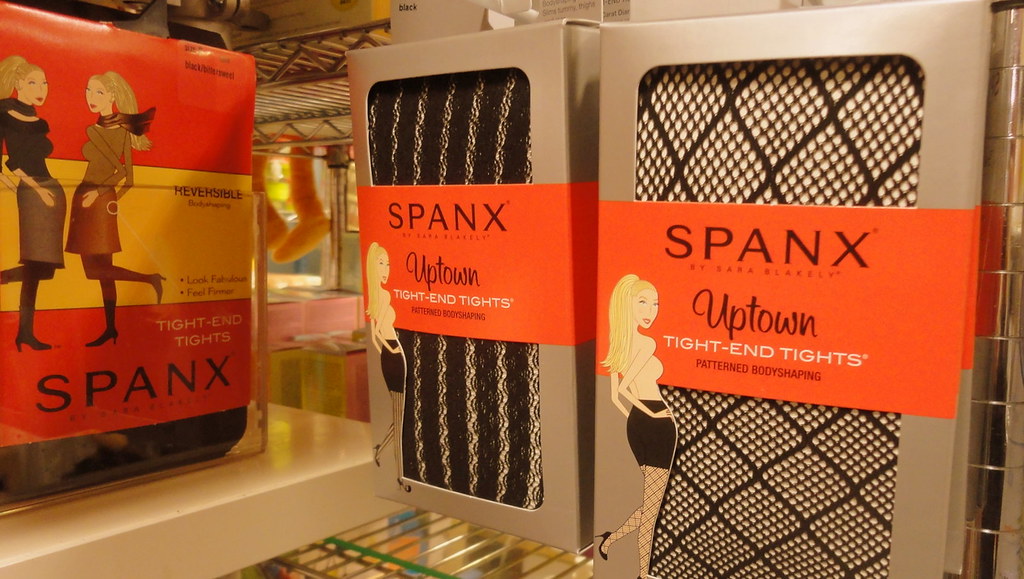
Spanx: A Snip That Sparked a Revolution
Sara Blakely, a Florida door-to-door salesperson, was frustrated by bulky pantyhose in 1998. At 27, she cut their feet off, creating seamless shapewear with $5,000 in savings. Writing her own patent and pitching to manufacturers, she launched Spanx in 2000. By 2012, Blakely was a billionaire, having reshaped women’s fashion with one idea.
Success Mantra: Solve a real pain point with relentless hustle. Blakely’s 2000 appearance on The Oprah Winfrey Show, where Oprah endorsed Spanx as a favorite product, was a turning point. Her DIY grit and focus on women’s comfort turned a simple fix into the shapewear industry’s gold standard, empowering confidence worldwide.

Play-Doh: From Flop to Fun
In the 1930s, Kutol Products sold a wallpaper cleaner for coal soot. As coal heating waned in the 1950s, the company neared bankruptcy. A schoolteacher, Zufall, discovered the dough’s potential for kids’ crafts. Her brother-in-law, Joe McVicker, rebranded it as Play-Doh in 1956, transforming a failing product into a classroom icon.
Success Mantra: Pivot to new possibilities, sparked by unexpected insight. Zufall’s discovery in 1955, coupled with McVicker’s marketing to schools, was the crucial event. By targeting children’s creativity, Play-Doh turned a dying cleaner into a colorful, tactile toy that remains a beloved staple.
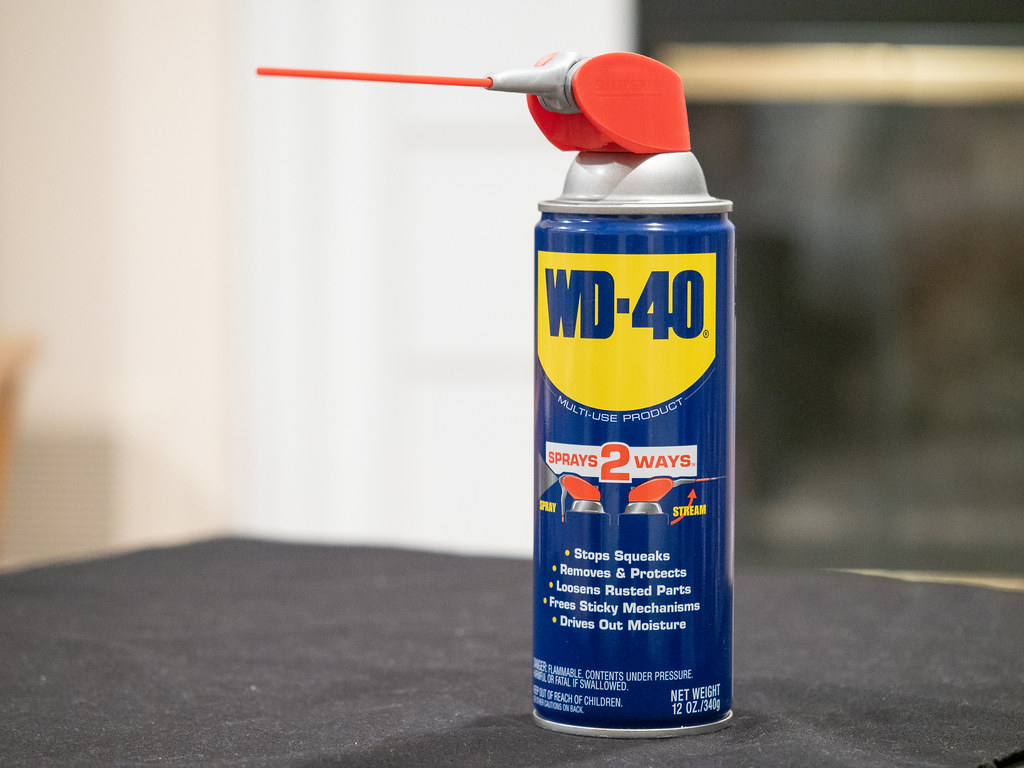
WD-40: Forty Tries to Fix Squeaks
In 1953, San Diego’s Rocket Chemical Company aimed to prevent rust on Atlas rockets. After 40 attempts, chemist Norm Larsen perfected the “Water Displacement” formula—WD-40. Initially an aerospace tool, it became a household fix for squeaky hinges by the 1960s. Its unchanged recipe remains a secret, trusted globally.
Success Mantra: Perfect one solution, championed by persistence. Larsen’s 40th try in 1953 was the defining moment, creating a versatile formula. His team’s decision to market it to consumers in 1958, starting with small cans for home use, made WD-40 indispensable, proving mastery of one product beats diversification.
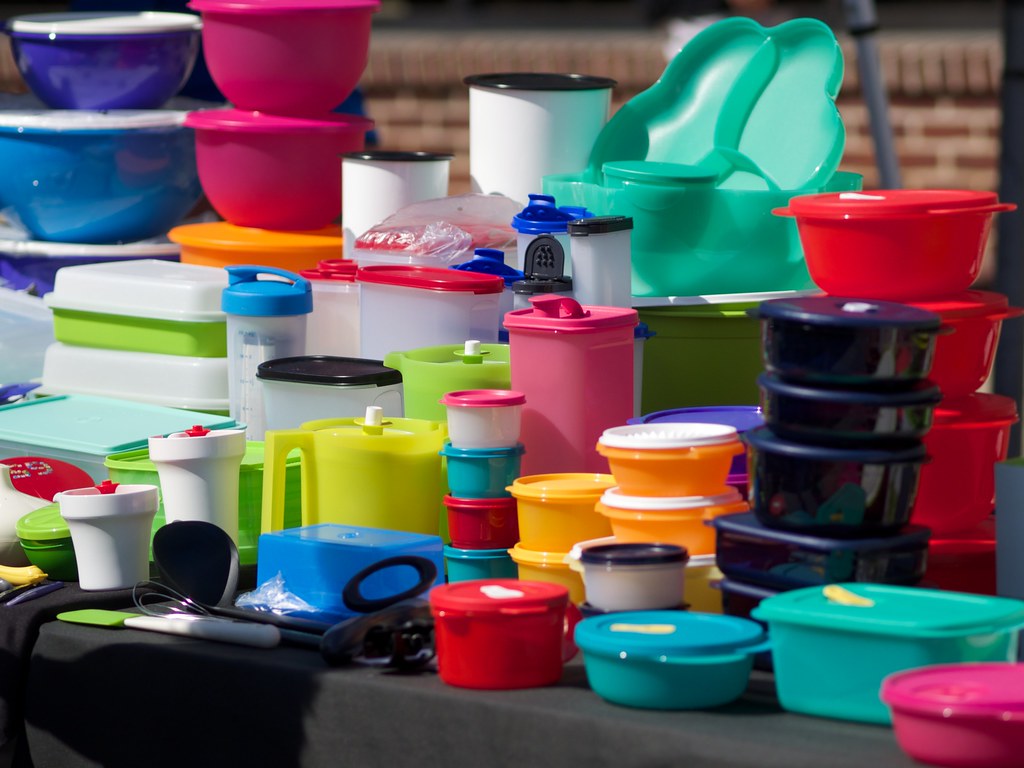
Tupperware: The Party That Changed Kitchens
Chemist Earl Tupper invented airtight plastic containers in 1946, using wartime plastic waste. They flopped in stores until Brownie Wise, a single mother and sales genius, introduced home parties in the 1950s. Her strategy turned Tupperware into a cultural phenomenon, birthing modern direct selling and making it a kitchen essential.
Success Mantra: Connect through community, led by a visionary seller. Wise’s 1951 Tupperware Party model was the game-changer, building trust through social gatherings. Her leadership scaled Tupperware globally, showing that personal connections can make a single product a household must-have.
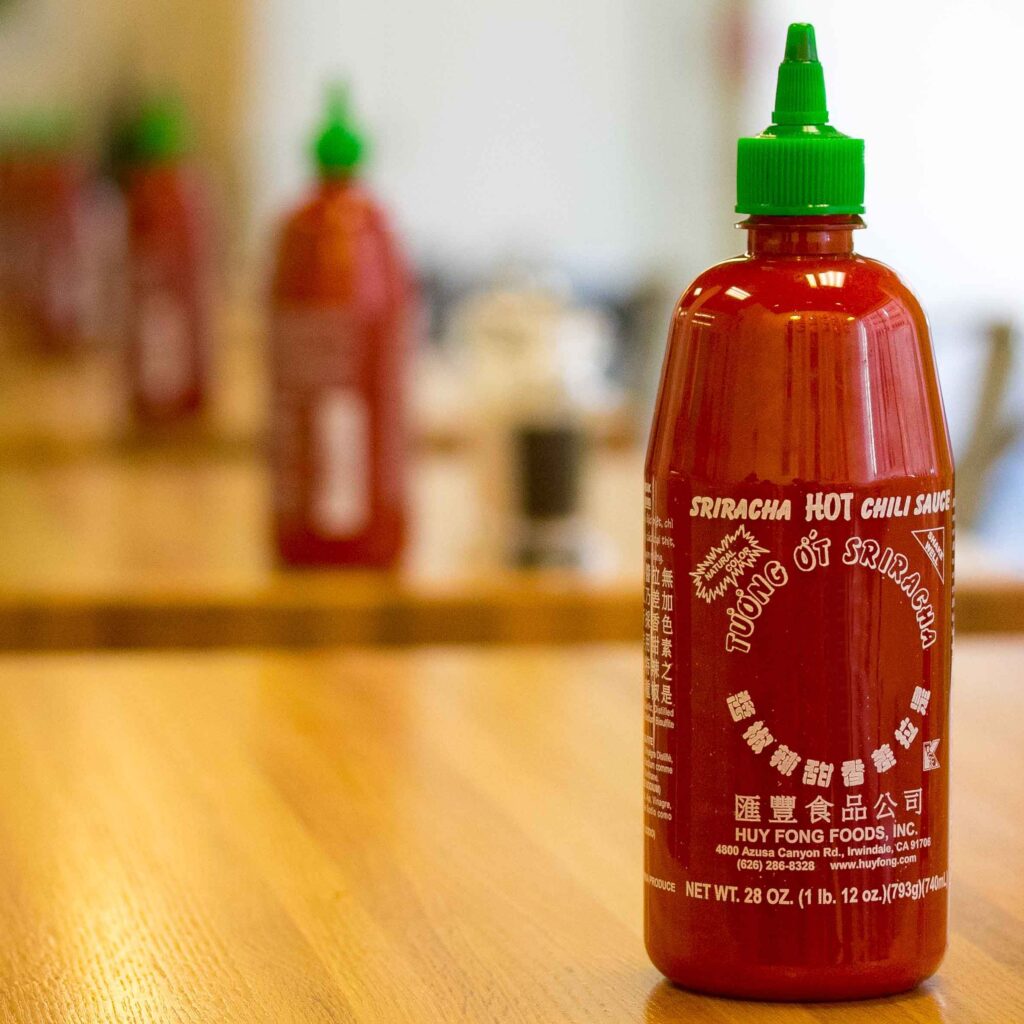
Sriracha: A Refugee’s Spicy Legacy
David Tran, a Vietnamese refugee, fled to California in 1980 with a hot sauce recipe. In a small Los Angeles factory, he bottled Sriracha, named after a Thai town. Without ads or price changes, its bold flavor spread via word of mouth, becoming a global hit with its rooster logo by the 2000s.
Success Mantra: Stay authentic, fueled by organic fandom. The 2013 “Sriracha craze,” sparked by foodies and chefs like David Chang praising it, was pivotal. Tran’s refusal to alter the recipe or chase trends built a cult following, proving a great product can sell itself.

Red Bull: Energy from a Thai Truck Stop
In 1984, Austrian Dietrich Mateschitz discovered Krating Daeng, a Thai energy drink for truckers. Partnering with its creator, Chaleo Yoovidhya, he adapted it for Western markets, launching Red Bull in 1987. Perfecting one drink over 20 years, paired with extreme sports marketing, made it a lifestyle icon.
Success Mantra: Amplify your essence, driven by bold branding. Mateschitz’s 1997 sponsorship of the Red Bull Air Race defined the brand’s adrenaline-fueled identity. Focusing on one drink and a high-energy image, Red Bull became synonymous with vitality, outshining varied competitors.
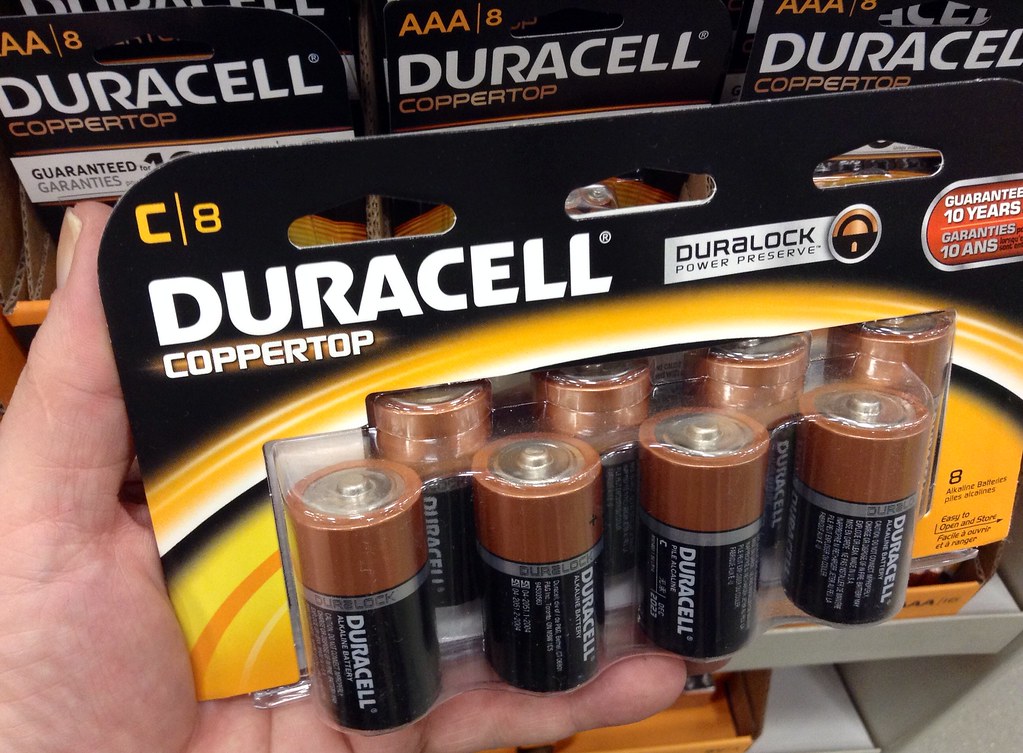
Duracell: A Century of Power
In 1924, scientist Samuel Ruben and businessman Philip Rogers Mallory began making mercury batteries for military gear. Their company, later named Duracell, focused on longer-lasting power. By the 1960s, their batteries powered everything from Apollo missions to household gadgets, earning trust worldwide.
Success Mantra: Deliver unwavering reliability, backed by innovation. Ruben’s 1940s breakthrough in mercury cell technology, adopted for WWII, set Duracell apart. Their relentless improvement of one product—batteries—built a legacy of trust, powering devices from flashlights to remotes.
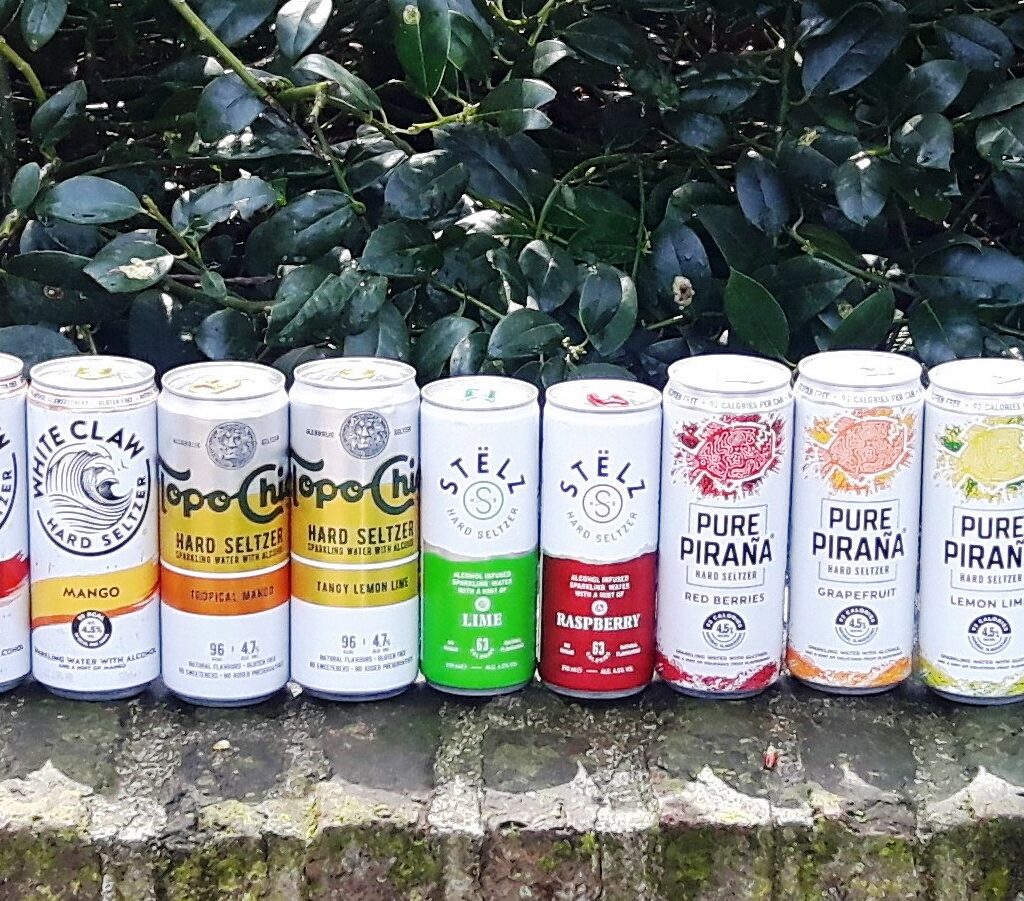
White Claw: The Seltzer That Defined a Generation
Mark Anthony Brands, behind Mike’s Hard Lemonade, saw a gap for lighter alcoholic drinks in 2016. White Claw Hard Seltzer, with low calories and crisp flavors, hit shelves and sparked a millennial craze. By 2019, it outsold beer, becoming a cultural phenomenon with a devoted fanbase.
Success Mantra: Tap into cultural shifts, led by market insight. The 2019 “White Claw Summer” social media frenzy, driven by viral memes and influencer buzz, was the turning point. By aligning with health-conscious trends, White Claw’s team created a category-defining drink.
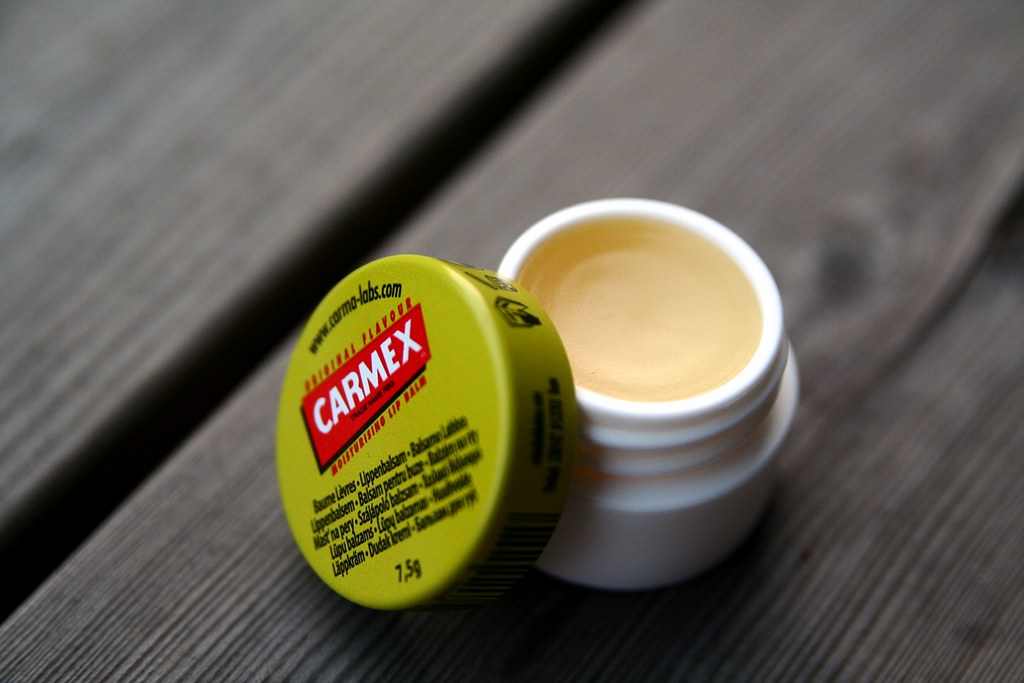
Carmex: A Kitchen Cure That Lasted
In 1937, Wisconsin entrepreneur Alfred Woelbing mixed a cold sore remedy in his kitchen to soothe his own discomfort. His balm, Carmex, proved so effective that he sold it locally. By the 1980s, its iconic yellow jar was a global staple, with an unchanged formula for 87 years.
Success Mantra: Stick with what works, rooted in personal passion. Woelbing’s 1937 kitchen experiments were the crucial start, driven by his own need. His family’s commitment to the original formula built enduring loyalty, keeping Carmex a trusted lip-care essential.
The Power of Focus
From Crocs’ quirky clogs to Carmex’s soothing balm, these eleven companies show that one idea, executed with precision, can conquer the world. Their origins—born from necessity, insight, or sheer audacity—set the stage for success. Pivotal events, like Oprah’s Spanx endorsement or Wise’s Tupperware parties, and key figures, from Larsen to Mateschitz, turned vision into victory. Their mantras—authenticity, reliability, community—prove that simplicity, paired with unwavering focus, builds empires that endure.












